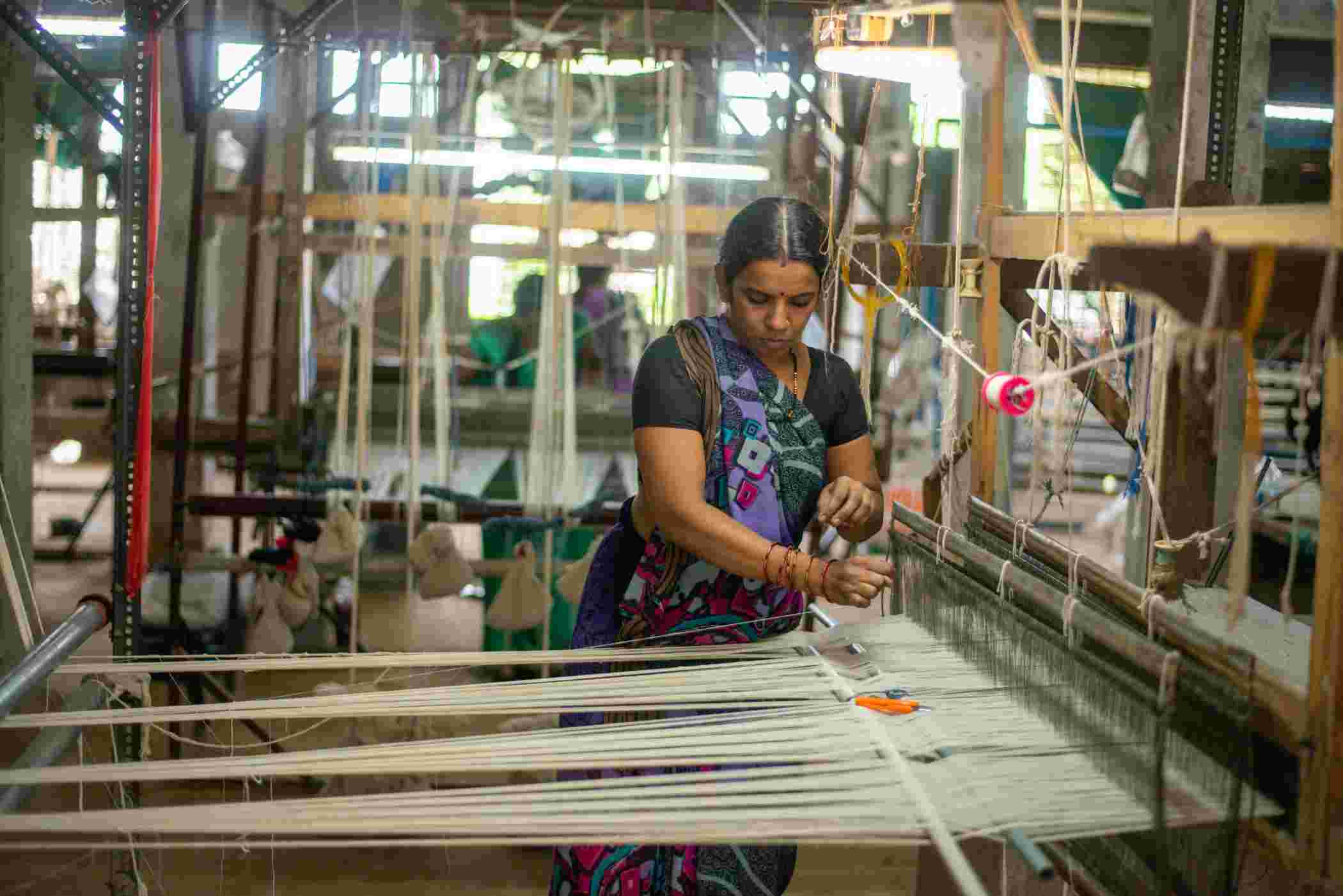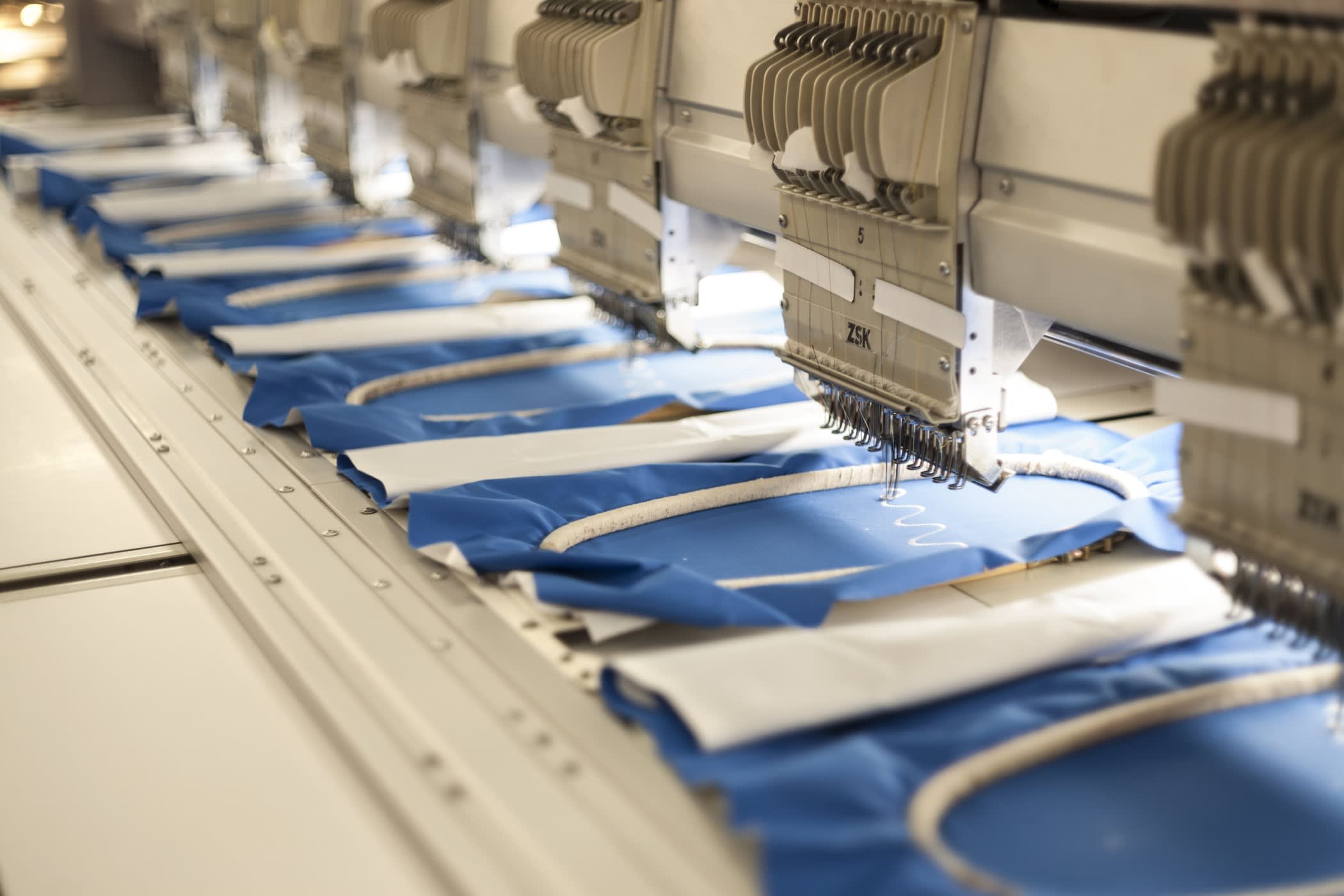Book Review: Garment Production for Fashion Startups by Chris Walker



Working in the garment production industry-particularly in Vietnam where the author is based-requires much knowledge and experience. To run a successful fashion startup, one must properly understand the elements of the global supply chain. This book review highlights the takeaway messages and advice provided from the author’s perspective to help the emerging entrepreneur successfully maintain their production line.
The business owner should know the emerging global trends, organising logistics, inventory, and the retail market. A detailed guide on how to source materials can be found at fashinza.com. An idea about the end-user, their requirements, and how best to address them can be found in this book. This includes choosing fabrics, trims, and accessories. The enterprise must know how to get their samples made.
A sustainable supply chain is where the components are minimal and efficient. The furniture industry requires suppliers for raw materials such as textiles and fabric components. The fewer the number of such vendors and suppliers, the rigid the supply chain. A supply chain is a network of resources, individuals, and companies, that work in tandem.
Ideally, the process begins from the raw material supplier via the manufacturers to deliver a finished product to the end-user. require adequate negotiability and leverage skills to source their samples. Above all, the necessity to maintain the supply chain is vital, coupled with the condition for operations and inventory management. Implementation of the right strategies for startups is crucial.
About the Author
Chris Walker is a Vietnam-based fashion enthusiast based in Vietnam. He has been associated with the garment production industry since 2008. He has been a manufacturing consultant with two major garment industries. Over the years, he has connected with hundreds of potential manufacturers inside and out of Vietnam. His contacts in the industry allow him to connect consenting businesses to begin sourcing their material from Vietnam. He works closely with the Vietnamese companies to make these valuable connections to offer profitable business ventures for both sides involved in manufacturing. He has authored several other books relating to the garment industry, advising and instructing potential fashion startup entrepreneurs on the know-how and inside information of the industry to allow more ventures into the developing trade of fashion.
About the Book
The 142-page book is divided into 20 chapters. It chronologically addresses the necessary steps toward sourcing materials essential for starting up a fashion garment business.
The first and last chapters of the book provides insight into the author’s experiences as an insider in the Vietnamese garment production industry. The author explains his years in the industry, tackling problems and grabbing opportunities. He also provides inside information on the key players of the industry. Those experiences have helped shape the larger part of this book.
This book provides a precise description of the entire fashion supply chain. Readers learn about steps from the procurement of raw materials for production to shipping the product to the end-user. The book covers all aspects of organizational logistics, retail inventory management and information systems. Also, the author provides good insights (especially for entrepreneurs of fashion startups) to sourcing materials and maintaining an unbroken supply chain.

It also provides insight into global corporate social responsibilities for fashion companies. It explains in great detail the roles played by different personnel in maintaining the flow of business from the manufacturer to the merchandiser to create value items for the end-user or consumer. The author’s experiences with notable individuals and the case studies show real-life implications that industry insiders might find helpful while carrying out their enterprise endeavors.
A few tips and tricks have also been provided on negotiating deals and finding the best samples from potential manufacturers.
The second chapter provides a glossary of terminologies, the technical terms, and abbreviations used by the industry insiders. This is to establish a reader and a potential entrepreneur’s familiarity with the language and technicalities needed to establish a footing in the industry.
The later chapters explain several critical facets of the garment production business such as:
- Meeting a factory’s minimum supply order requirements
- Choosing a fabric, trims, and accessories well before the time
- Market research to find the correct factory to suit the startup’s needs
- Determine the type of packaging and shipping options in advance
- Developing a bond with the factory that the startup wants to associate itself with
- Knowing proper negotiation strategies and tactics
- To leverage bulk purchases in exchange for discounted prices
- Familiarity with the various stages of production
- Ensuring the viability and stability of the supply chain
- Know how to manage and optimise inventory
- Quality control measures to ensure end-user satisfaction
- Learning the formalities for shipping by familiarising the entrepreneur with the documents
- Contacting a freight company to handle shipping and distribution
- Calculation of import duty taxes
With all these tips mentioned above, the author provides certain bonus content. Fashion startups could make the most out of all the strategies explained in the book.
The critical takeaways section is the most intriguing of all the areas, and it highlights and summarizes the entire book. One must expect transparency from their principal suppliers and manufacturers as a startup business. This helps to determine which steps should be taken to ensure a healthy supply chain. The ultimate goal is to keep the business running and customer satisfaction.
For fashion students, this book provides an idea about the procurement of materials, their use, and how best to organize their finished products. Students will be better prepared to address the global trends of the fashion market. The author also helps students understand the key facets and elements of the global fashion industry.

Conclusion: Garment Production Demystified
Author Chris Walker's greatest strength in this book is his insightful anecdotes that highlight the inner workings of the fashion industry. Readers learn (for example) of how the supply chain relates to various roles played by different industry personnel (e.g., designer, merchandiser and retailer. This helps brands create value products for the consumer.
Production management is a tedious task that involves sourcing suitable material at the right price. It requires the entrepreneur to forecast the market trends, maintain adequate inventory and manage vendors. At Fashinza, this task is made much easier with end-to-end production management.
Sign up with Fashinza for updates on our book reviews. We do detailed yet concise reviews for books and guides every fashion industry professional should know about.



















